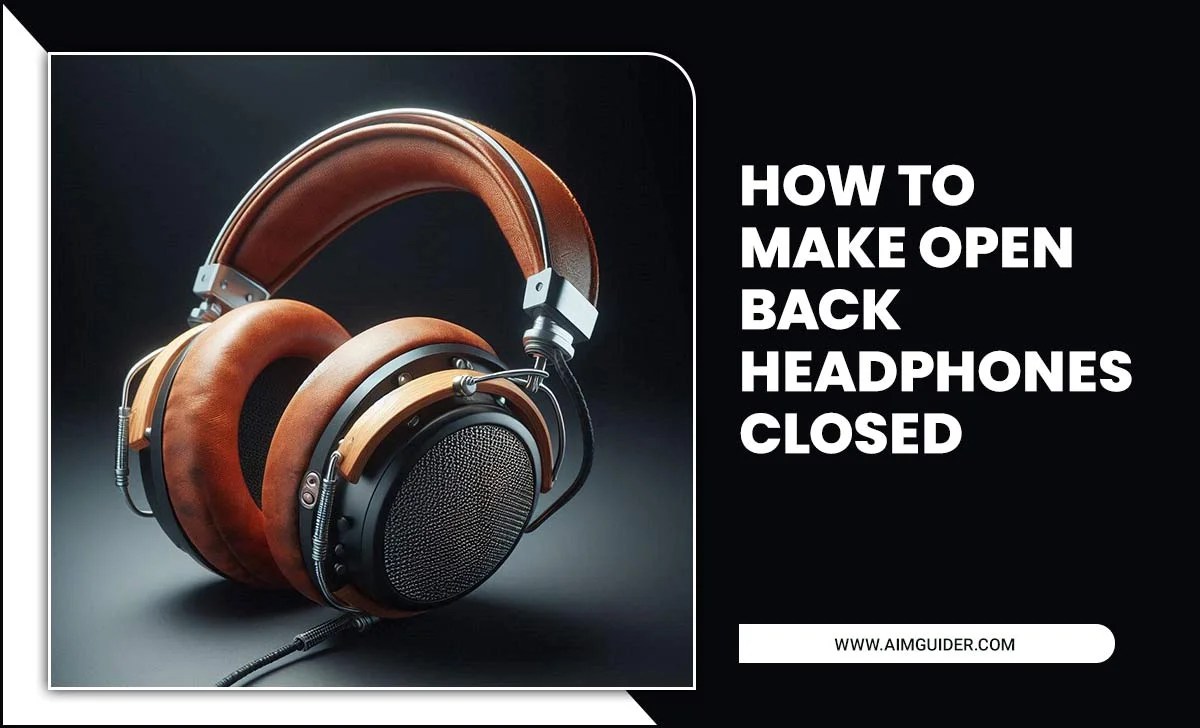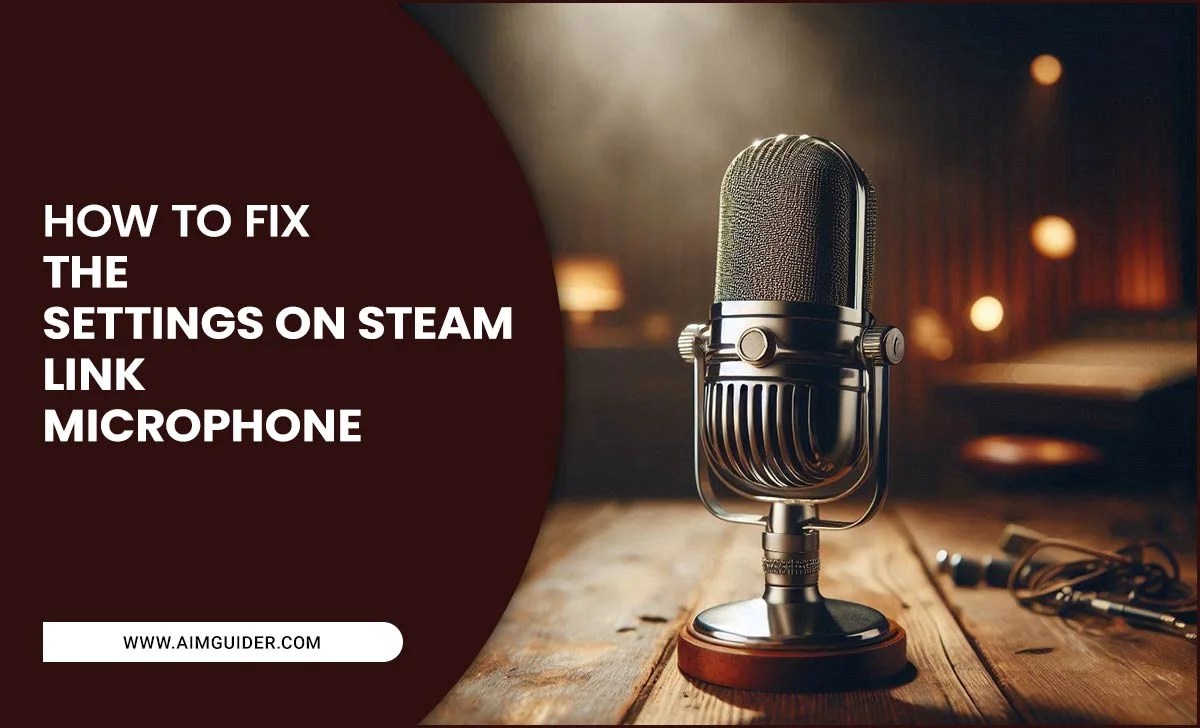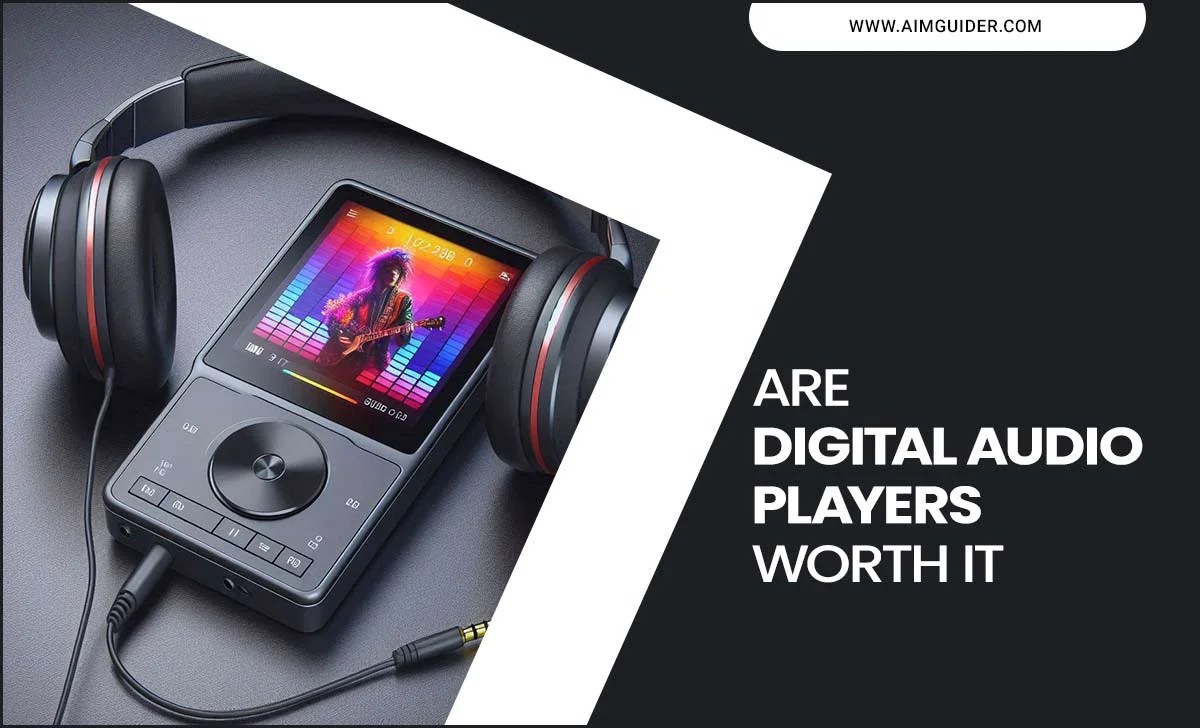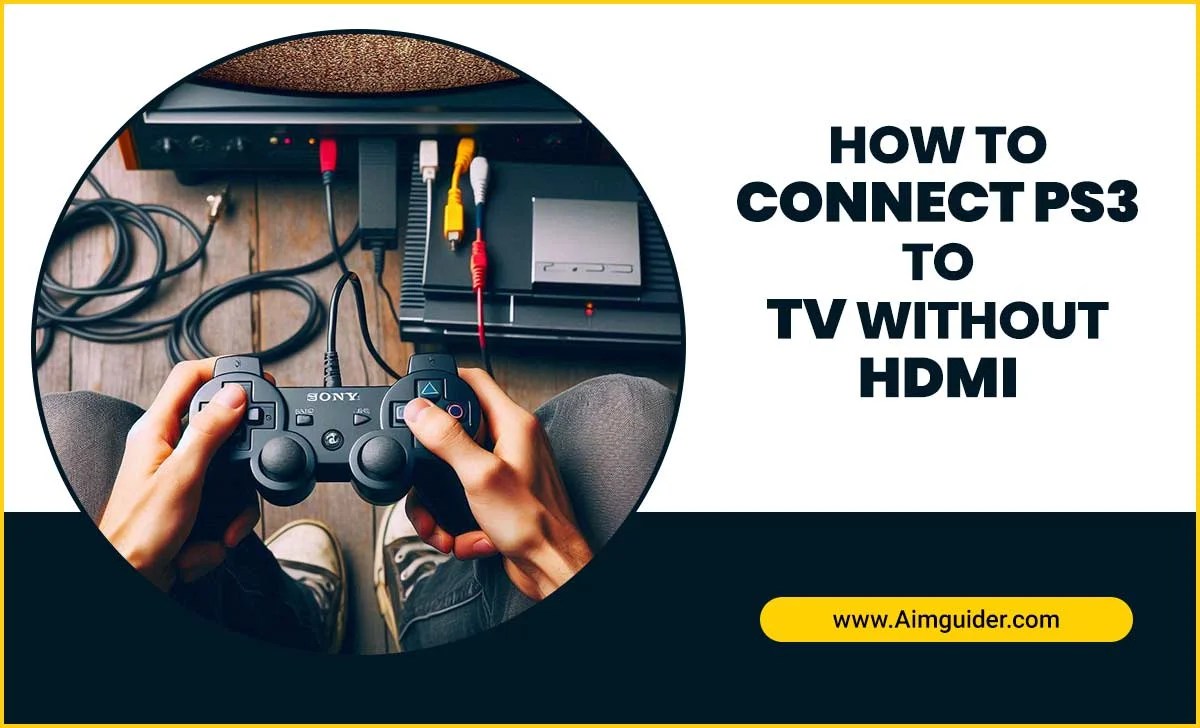Have you ever wondered why some TVs have different ports? Understanding TV ports can be a bit confusing. So many shapes and sizes! Whether you want to connect a gaming console or a streaming device, knowing the right ports is key to the best viewing experience.
Did you know that the same port can have different uses? For example, HDMI ports can connect to various devices, but they all look the same. Isn’t that surprising? This article will break down the main TV ports, explaining what each one does. By the end, you’ll feel like an expert and know just what you need.
Let’s dive into this fun world of TV ports. Do you have questions about which port you should use? You’re not alone. Many people want to connect their favorite devices seamlessly. Read on as we explore these ports, making sure you understand everything clearly.
Tv Ports Explained: A Comprehensive Review Of Features

TV Ports Explained Review
Understanding TV ports can seem tricky, but it doesn’t have to be! This review breaks down the most common types, such as HDMI, USB, and Ethernet. You will learn how each port connects your devices. For instance, did you know that HDMI can carry both video and audio? This makes it perfect for gaming consoles and streaming devices. By the end, you’ll feel ready to choose the right connections for your entertainment setup!Understanding Different Types of TV Ports
HDMI: Features, versions, and uses. USB: Types and functionalities for TV connectivity.TV ports let us connect various devices to our television. HDMI is a common type. It has different versions, like HDMI 1.4 and HDMI 2.0, which support better video and sound quality. Most TVs use HDMI to connect to gaming consoles, streaming devices, and DVDs.
- HDMI 1.4: Supports 4K video at 30Hz.
- HDMI 2.0: Supports 4K video at 60Hz and has better audio features.
USB ports are useful as well. They serve for quick connections and power supply. Different types, like USB-A and USB-C, connect to media players or external drives, making it easy to enjoy your favorite content.
What are the main features of HDMI?
HDMI ensures high-quality video and audio. It also supports multiple devices through one cable, which keeps things tidy!
Essential Ports for Modern Televisions
ARC and eARC: Importance in audio setups. Optical Audio Port: Benefits for sound systems.Understanding ports is vital when setting up modern televisions. Two key players are ARC and eARC. They help transmit sound from your TV to your sound system. With eARC, you can enjoy higher quality audio while streaming your favorite tunes—way better than your old boombox! Then there’s the optical audio port. It sends sound using light, which sounds fancy but really makes your surround sound pop. If your music system is feeling quiet, this port is your secret weapon!
| Port Type | Benefits |
|---|---|
| ARC | Transmits sound, easy setup |
| eARC | Higher audio quality |
| Optical Audio Port | Uses light for clear sound |
Legacy Ports and Their Relevance Today
VGA and RCA: Compatibility with older devices. Component vs. Composite: Differences and use cases.Many older devices still use legacy ports like VGA and RCA. VGA connects your computer to the monitor, showing clear images. RCA sends video and sound to your TV, perfect for old gaming consoles.
Component and composite video cables differ in quality. Component cables have three colored plugs, giving a sharper picture. Composite cables use one yellow plug, which means the image isn’t as clear. Here’s a quick look:
- Component: Better picture quality
- Composite: Simpler connection, lower quality
Knowing these ports helps you use older gadgets today!
What is the difference between component and composite cables?
Component cables give a sharper image with three connections. Composite cables have a single connection and show a less clear picture.
Evaluating Port Accessibility and Placement
Importance of easy access to ports. Recommended positions for installation and cable management.Port accessibility is crucial for a smooth TV experience. Imagine trying to reach behind your TV during a marathon of your favorite show! Easy access makes it simple to plug and unplug devices. For optimal installation, place your TV where ports are visible and reachable. This setup also aids in hassle-free cable management. A neat setup is not just pretty; it prevents those pesky tangles! Here’s a quick table to help you:
| Port Type | Recommended Position |
|---|---|
| HDMI | At the back, angled if possible |
| USB | On the side for easy access |
| Audio | Near the front or side |
With the right setup, you’ll feel like a tech wizard, and your cables will thank you too!
Impact of Ports on Streaming and Gaming
Slow Connectivity: How port types affect streaming quality. Gaming Ports: Specific requirements for optimum performance.Ports play a big role in how well we stream and game. Different ports can change speed and quality. If the port is slow, streaming can lag or buffer. This means you could miss exciting moments in your favorite shows or games. For gaming, having the right ports is key.
- HDMI: Great for video and sound quality.
- Ethernet: Provides a fast, stable internet connection.
- USB: Good for connecting controllers and other devices.
Using the best ports helps you enjoy smooth streaming and amazing gaming experiences.
How do ports affect internet speed?
Ports influence internet speed. Slow ports can lead to buffering and low-quality streams. Using faster ports allows for better streaming and gaming experiences.
What ports are best for gaming?
- Ethernet ports for the best internet connection.
- HDMI 2.1 ports for higher video quality.
Future Trends in TV Connectivity
Emerging port technologies and their potential impact. Predictions for the future of TV ports and standards.New technologies are popping up in the world of TV ports. Get ready for HDMI 2.1, supporting high refresh rates and fancy features like eARC. Imagine clearer sound and smoother pictures! There’s also talk of USB-C connectors taking the spotlight. These can power devices and send data, making things much neater. Look ahead, and you might find wireless connections winning over. Just think—no more tangled cords! So, keep your eyes peeled for fun new standards.
| Emerging Technology | Feature |
|---|---|
| HDMI 2.1 | High refresh rates, eARC support |
| USB-C | Power and data transfer |
| Wireless Connections | Tangled cord-free future |
Choosing the Right TV Ports for Your Needs
Factors to consider based on usage (gaming, streaming, etc.). Compatibility with existing devices and preferences.Finding the right TV ports is important. Think about how you’ll use your TV. Do you enjoy gaming? Or do you prefer streaming your favorite shows? Consider these factors:
- Compatibility with your devices, like gaming consoles and streaming boxes.
- Available ports, such as HDMI, USB, and optical audio.
- Your preferred setup: wall mount or on a stand?
Look for ports that fit your needs. This choice improves your watching or playing experience. The right ports make everything easier and more fun!
What ports are best for gaming?
The best ports for gaming include HDMI 2.1 for its fast refresh rate and response time. This ensures your games run smoothly.
What ports are good for streaming?
For streaming, HDMI and USB ports are essential. They connect easily to devices like smart TVs and streaming sticks.
Common Issues and Troubleshooting Tips
Identifying faulty ports and cable issues. Solutions for common connectivity problems.Sometimes, problems with your TV are due to faulty ports or cables. Start by checking each cable. If it’s damaged, it can cause issues. Also, try switching ports on your TV. If one connection doesn’t work, another might. If your TV still shows no picture or sound, resetting your TV can help fix the problem.
How to identify issues with ports and cables?
Look for physical damage on cables, and check if they connect securely. Use different cables if needed. If a port is loose or wiggles, the connection may be faulty.
Quick Fixes for Common Problems:
- Check connections: Make sure cables are plugged in tightly.
- Test different ports: Switch to another HDMI or AV port.
- Use new cables: Replace old or damaged cables.
Conclusion
In conclusion, understanding TV ports helps you make better choices when connecting devices. HDMI is best for quality, while USB ports offer convenience. We recommend checking your devices’ compatibility before buying new ones. For more details on specific ports and connections, check out our articles. With this knowledge, you can enjoy your TV setup to the fullest!FAQs
What Are The Most Common Types Of Tv Ports And Their Specific Functions?Common TV ports include HDMI, USB, and VGA. HDMI lets you connect things like game consoles and streaming boxes. USB ports help you plug in devices like flash drives for photos. VGA connects older computers to your TV. Each port helps us enjoy more things on our TV!
How Do Hdmi Ports Differ From Other Audio/Video Connection Options Like Vga And Rca?HDMI ports send both video and sound through one cable, making it simple to connect devices. VGA, on the other hand, only carries video, so you need extra cables for sound. RCA uses red, white, and yellow plugs for sound and video but can’t deliver as clear a picture as HDMI. This makes HDMI better for watching movies and playing games. Overall, HDMI is easier and gives you better quality!
What Role Do Usb Ports Play In Modern Tvs, And What Types Of Devices Can They Connect To?USB ports on modern TVs let you connect different devices easily. You can plug in a flash drive to watch videos or pictures. You can also connect a game controller or a keyboard. This makes using the TV more fun and helpful!
How Can Understanding Tv Ports Enhance My Viewing Experience And Device Compatibility?Knowing about TV ports helps you connect different devices easily. For example, you can plug in a game console or a streaming device. This gives you more fun options to watch shows and play games. Understanding the ports also means you won’t end up with a cable that doesn’t fit. This way, you will enjoy your favorite programs without any problems!
Are There Any Limitations Or Considerations To Keep In Mind When Using Different Ports On A Tv?Yes, there are some things to think about with TV ports. Each port has a specific job. For example, HDMI (High-Definition Multimedia Interface) is great for movies, while USB (Universal Serial Bus) is good for photos. Sometimes, using one port can make another stop working. So, always check if the port you want to use is free and works with your device!








